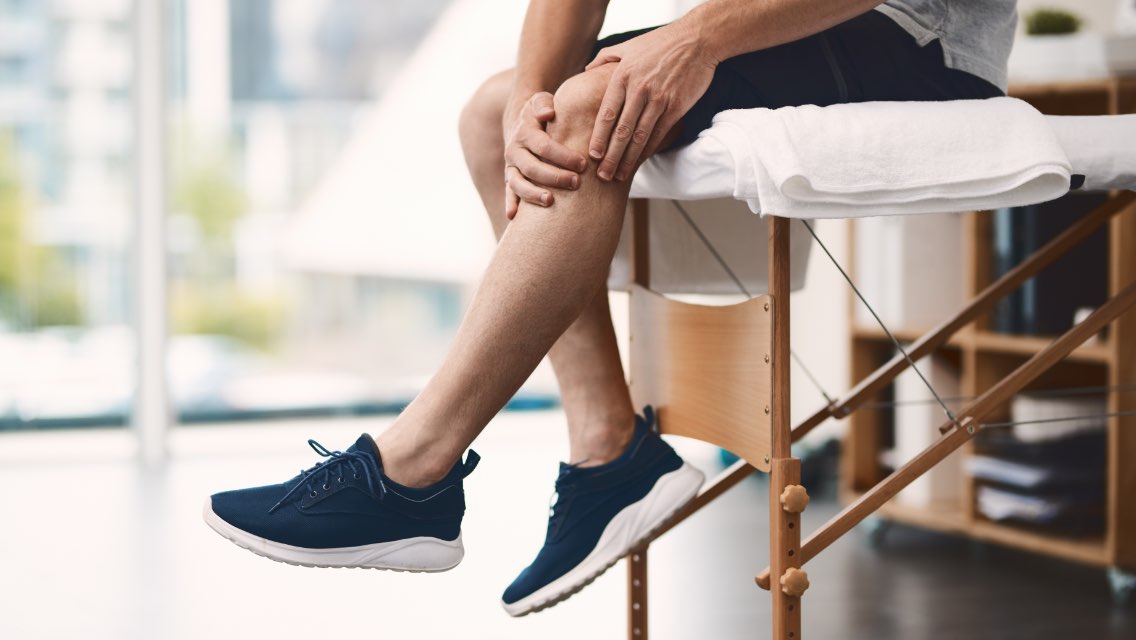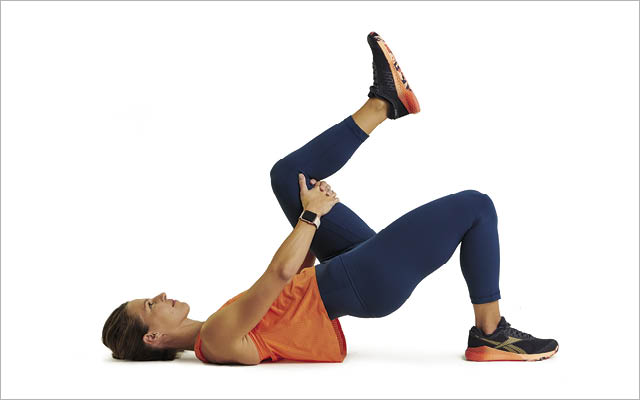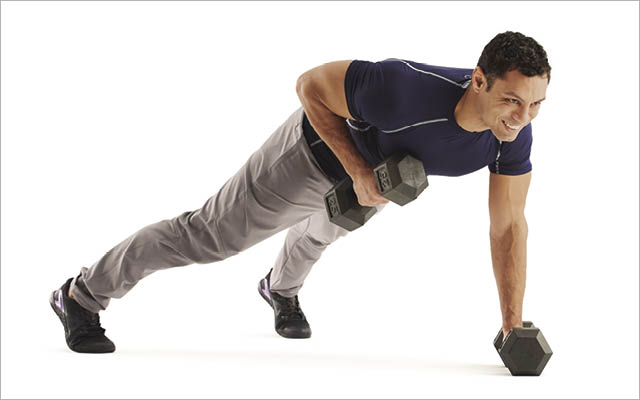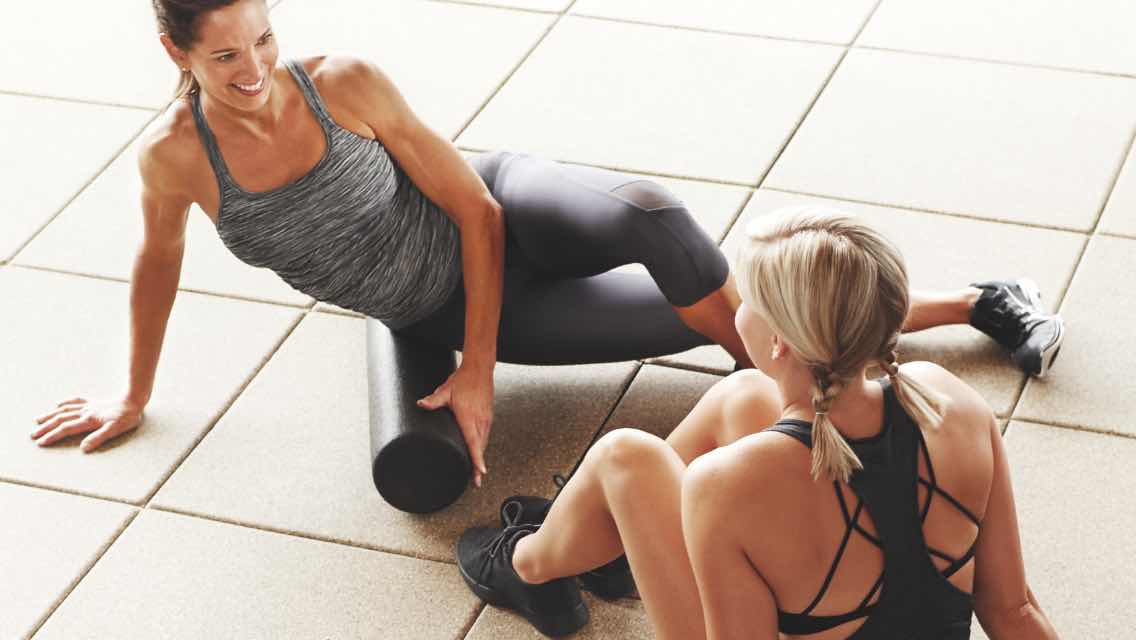If you measured your age based on how your knees feel, how old would say you are?
It likely comes as no surprise that one of the most common pain areas we hear about clients experiencing is their knees, coming in second only to back pain. In fact, an estimated 10 million people visit the doctor’s office annually due to knee pain and injury.
Made up of bone, muscle, ligaments, and cartilage, and conveniently sandwiched between the hip and ankle, the knee is a complex body part that is susceptible to injury. While many may be quick to point to what may or may not have caused their personal knee pain, there are several daily lifestyle factors applicable to nearly everyone that often get overlooked as potential sources of pain:
Common Sources of Issues
Work Environment
The majority of Americans have relatively sedentary working environments, and most office spaces are not ergonomically conducive to proper alignment. When sitting for long periods of time, our hips are prone to tighten. This causes a pull on the pelvis, resulting in back pain and ultimately a significant strain on knee joints.
Ways to improve: Frequent movement during the workday — such as five to 10 minutes every hour — is important for our knees, as it prompts the correct nutrients and lubrication to flow to them so they can operate and absorb shock effectively.
Try setting an alarm or calendar reminder to prompt you to get up and walk every hour or so. If you are organizing meetings, it can be helpful to get in the habit of starting them at 10 minutes after the hour (or ending them 10 minutes early) to build in some natural time to get a few more steps in.
If your office has standing desks available, that’s a great option to continue to work without sitting all day.
Nutrition Habits
Nutrition is an often overlooked culprit for joint pain, however foods that cause metabolic or systemic inflammation — such as highly processed foods, vegetable oils such as corn oil and canola oil, and added sugar — can be huge perpetrators.
Additionally, clients often report that underlying food sensitivities contribute to complaints of joint pain. An elimination diet is one option to explore as you’d likely eliminate gluten, dairy, and soy, which are the most common sensitivities reported.
Losing excess weight can also help reduce the stress put on your knee joints. Studies suggest that for every pound of weight lost, it will unload up to four pounds of stress to your knee joint.
Ways to improve: It can be helpful to do a nutrition reset focused on a couple of weeks of dialed in nutrition habits, prioritizing plenty of produce, ample high-quality protein, healthy fat, and complex carbs from beans, lentils, and sweet potatoes.
By doing so, you’ll reduce or eliminate many of the potentially problematic foods. When you reintroduce them one at a time, you can learn what makes a difference for you (and what does not).
Read more here:
Compensation Patterns
I often see non-contact knee injuries progress due to poor compensation patterns, meaning when you put more stress on one part of your body than is normal for a movement. These patterns can result in the overuse of specific muscle groups and can pull the body out of alignment, leading to pain or injury.
Ways to improve: It’s important to understand what correct alignment and mechanics truly are, while also acknowledging that every individual may move slightly differently. Identify what movements or exercises need to be done consistently to reinforce good movement patterns.
For example, targeting the posterior chain with hamstring exercises (such as a stability ball hamstring curl) can benefit most, as can targeting the mid-back with pulling movements, such as a seated cable row. A fantastic option for nearly everyone is reformer Pilates, as it provides a balanced workout designed to appropriately fire often-underused muscle groups and support correct posture.
In addition to addressing lifestyle habits related to joint health, it’s also critical to incorporate strengthening and stretching exercises that can help injury-proof your knees consistently into your routine. Below are three movements we’d suggest adding into your daily exercise regimen.
Knee-Supportive Movements
Foam Rolling
Sometimes knee pain can come from misalignment caused by tightness of tissue above or below the joint. Foam rolling can help realign joints for optimal functionality.
Overactive areas such as the glutes, IT band, hamstrings, quads, and calves can all lead to pain in the knee joint — but can all also be supported by proper foam rolling and stretching.
Read more on how to get started with effective foam rolling here: 5 Beginner Foam Rolling Moves.
Activation/Isometric Exercises
Similar to the concept of overactive muscles, underactive muscles can be just as impactful to reducing or alleviating knee pain.
Core exercises and movements build a foundation for extremities, such as the knee. While planks aren’t addressing the knee directly, they’re still involved and by building strength through the hips and spine, you’re also building a solid foundation for the knee to anchor off of. A Life Clinic chiropractor can also support here.
To plank:
- Lie on your stomach, and place your hands flat on the floor with your wrists beneath your shoulders.
- Extend to lift your body as one unit — with knees, hips, and shoulders, and neck in a straight line — as you extend your arms.
- Keep your gaze towards the floor, about six to 12 inches in front of you and hold.
- If you need to modify, do this same movement, but with your forearms on the floor, wrists facing in, with elbows right under your shoulders.
Stability Exercises
Effective mobility of the knee joint is built through good stability. Sometimes you may need to migrate away from pounding cardio and incorporate more stability work into your routine. This can give knees a rest while also building the strength of the muscles that surround and support the knee.
They may not be the big leg muscle groups (e.g., quads or hamstrings), but greater stability of the knee will absolutely allow for greater strength of those larger muscle groups in the long run.
Focus on doing a single-leg balance with your shoes off. Once you’re able to hold that well for 30 seconds or so, progress to less stable surfaces (think of a something like a rug, then a pillow, then a dyna disc). Always work through both sides, even though your symptoms may only be on one side.
Overall, it’s important to recognize that both active and passive factors may be impacting the well-being of your knees, and make an effort to discover what type of recovery and strengthening exercises work best your individual needs. As always, be sure to contact your physician if you’re experiencing any knee discomfort or pain, and a fitness professional if you need help customizing a fitness plan to your body and needs.




